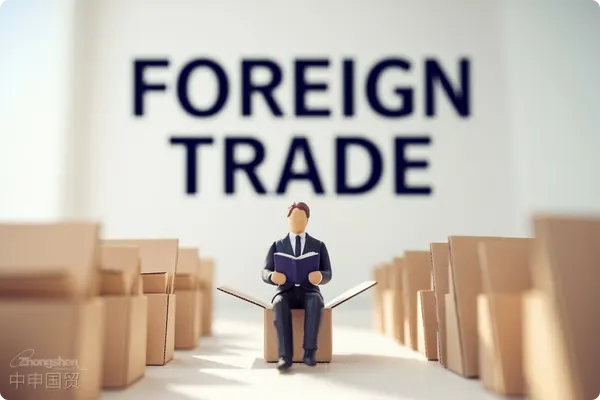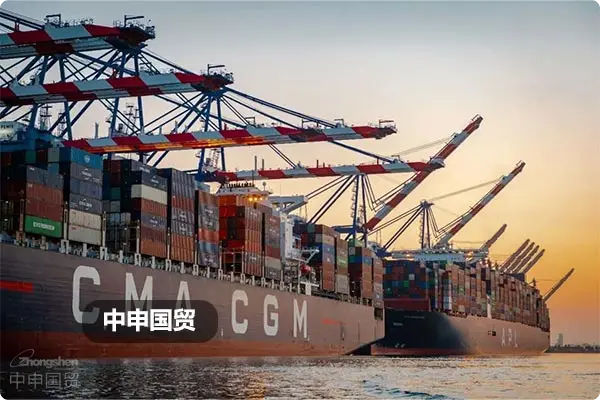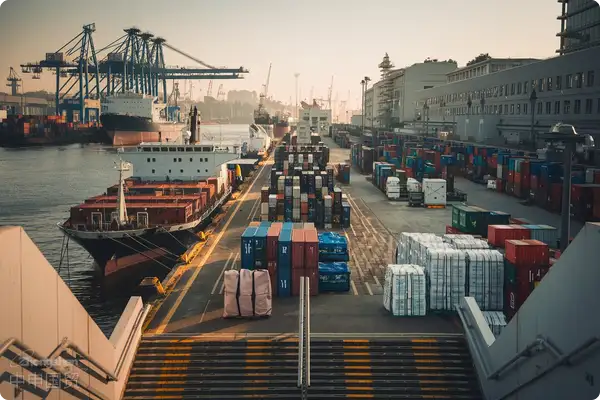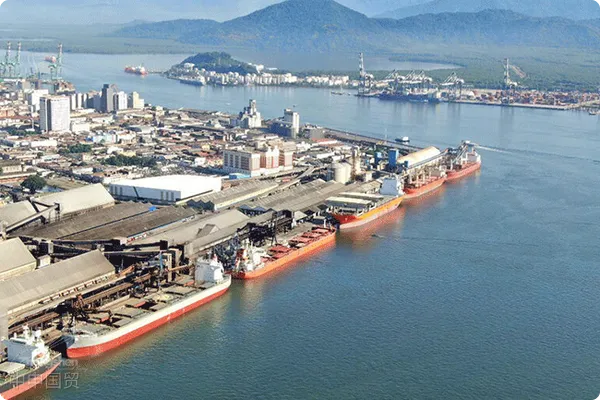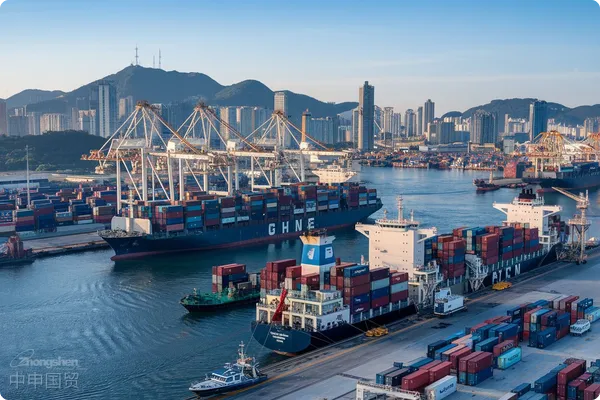- Shanghai Zhongshen International Trade Co., Ltd. - Two decades of trade agency expertise.
- Service Hotline: 139 1787 2118
Relevant Introduction
Customs transit refers to the act of transporting customs-supervised goods under customs supervision from one customs office to another to complete certain customs procedures. This includes: goods entering the country at the port of entry, applying for customs transit to be transported to another customs-related location;Import Customs Declarationgoods at the place of departureExport Clearancebeing transported to the port of exit, supervised by the exit customs office for export; or customs-supervised goods that have already completed import procedures being transported from one customs-related location within the country to another for customs declaration.
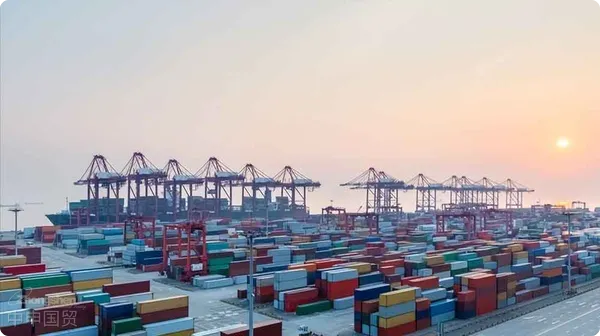
Customs Transit Conditions
Conditions for customs transfer
Conditions for Applying for Customs Transit
(1) Both the destination and place of departure for customs transit must have a customs office;
(2) Both the destination and place of departure for customs transit must have customs-approved supervision sites;
(3) The customs transit carrier must be registered with customs, and the transport vehicle must meet customs supervision requirements, with a commitment to transport the goods to the designated site within the route scope and transit time limits set by customs.
Goods Not Eligible for Customs Transit
(1) Imported solid waste (except waste paper);
(2) Imported precursor chemicals, controlled chemicals, and ozone-depleting substances;
(3) Imported complete vehicles, including complete knockdown kits and second-class chassis;
(4) Goods that must undergo inspection and quarantine at the port as stipulated by the national inspection and quarantine department.
Customs Transit Methods
Customs transfer mode
There are three methods of customs transit: advance customs declaration transit, direct transit, and transshipment transit.
Related Recommendations
? 2025. All Rights Reserved. 滬ICP備2023007705號-2  PSB Record: Shanghai No.31011502009912
PSB Record: Shanghai No.31011502009912
